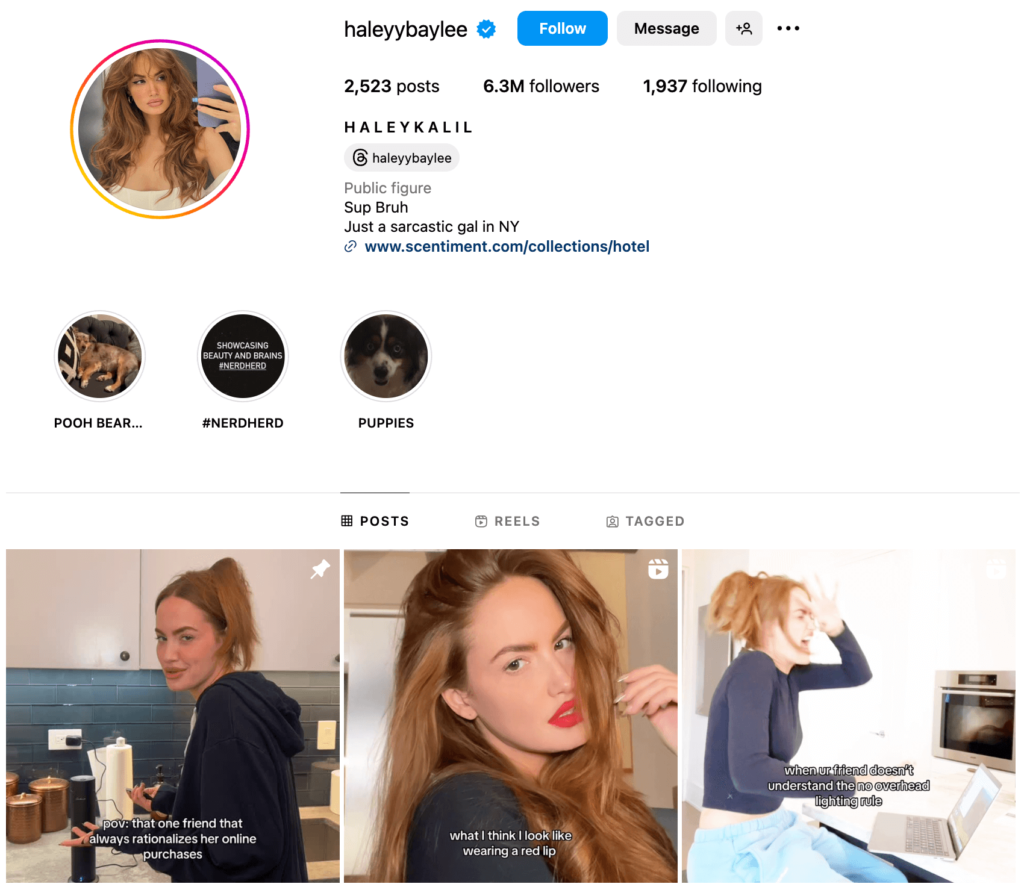Recently, PYMNTS Intelligence released the ‘Generation Pulse: How Influential is Influencer?. Based on a survey of 3,196 U.S. consumers, the report focuses on the role of Netroots marketing in the social e-commerce environment. This provides an in-depth analysis of the trust and purchasing behaviours of consumers of different generations towards Netroots’ recommendations.

U.S.Influencer Marketing drives consumer decisions
The growing trend of U.S. influencer marketing
In recent years, the social e-commerce market has shown explosive growth.The global social e-commerce market size is expected to reach $1.52 trillion in 2025 and is expected to grow to $5.32 trillion by 2030, at a CAGR of 28.5%.
This rapid growth is mainly driven by several factors. The popularity of live streaming and video shopping has enhanced the interactive experience for consumers. Meanwhile, the use of technologies such as AR try-on has effectively boosted confidence in shopping decisions. Expansion of social payment functions, such as Instagram Checkout and TikTok Shop. The enhancement of AI chatbots and personalised recommendation systems effectively optimised user shopping experience.
Among the many countries and regions driving the accelerated development of social e-commerce, the U.S. is one of the fastest growing markets. As the penetration rate continues to increase, Gen Z and Millennials are gradually becoming the core consumer groups.
Data shows that between 2023 and 2025, the number of social shoppers in the US is expected to grow from 96 million to 104 million. Meanwhile, 56% of U.S. consumers will buy goods based on influencer’s recommendations at least once a year.
Technologies in U.S. influencer marketing
Overall, younger Americans are more likely to be influenced by influencer recommendations. 80% of Gen Zers born in 1997 or later make at least one purchase per year based on a influencer recommendation. Compared to 72% of Millennials, dropping to 58% of Gen Xers, and just 28% of Baby Boomers.
Income levels also play a significant role in social shopping behaviour. Among high-income consumers in the U.S., 61% purchase influencer-recommended items at least once a year, compared to 57% of middle-income consumers and 48% of lower-income groups.
As social e-commerce has become a sales channel that cannot be ignored, it puts new tests and requirements on brands’ operation strategies. Brands should increase their investment in short video content, live shopping and AR technology. As well as develop differentiated marketing strategies for different age groups to reach their target user groups more effectively.
Users Rely on Multi-Channel Reviews Before Buying
Users tend to shop on cross-platform reviews
Influencer can reach a significant portion of consumers, but questions remain as to whether their influence can directly lead to transactions. Of consumers who buy based on a Influencer recommendation, 95 per cent typically conduct at least one form of additional research. Of these consumers, nearly half read customer reviews, and a quarter say this is their most frequently used source of research. In addition, online forums, cross-platform price comparisons and manufacturer websites are common sources of information.
Further analysis revealed significant behavioural differences between frequent purchasers of Influencer-recommended goods and occasional purchasers. Frequent purchasers were more likely to use multiple Influencer as their primary research source. As for customer reviews, frequent buyers use them slightly less frequently, but they remain one of the most popular research methods overall.

This data suggests that the role of online celebrities in the consumer decision-making chain is more one of product discovery than direct transaction facilitation. Therefore, brands should still focus on third-party platforms (e.g., Amazon) to ensure that their products have a good reputation in order to increase conversion efficiency.
Among the netroots in different fields, food and cooking netroots have become the focus of bandwagons with their broad appeal. This drives the purchasing behaviour of consumers of all ages. According to the data, 47 per cent of consumers who have made at least one purchase based on a webstar’s recommendation. This say they trust this category of webstar’s product recommendations, far more than any other category.
Millennials and Older Adults play a key role in U.S. influencer marketing
Further data shows that 19% of consumers most often make purchases based on this type. This is followed by tech and professional netizens, with 13% of consumers saying they most often refer to their content. In addition, beauty (11.8 per cent), home and lifestyle (9.5 per cent), gaming and entertainment (9.8 per cent), and fitness (7.9 per cent) categories were also major sources of bandwagons.
Food webcams have broad appeal across all age groups and drive purchases most consistently. Some genres excel among specific generations. For example, Entertainment is the most influential among Gen Z, and the third most influential among Millennials.
While the food category shows the strongest appeal, tech also plays an important role, ranking solidly in the top three among Millennials and Older Adults. The tech category is even more influential than the food category in terms of the number of users. They frequently purchase products recommended by the online celebrities.

Conclusion
The rapid development of social e-commerce has created huge growth opportunities for brands. But the actual effectiveness of Influencer marketing still needs to be viewed rationally. Despite the influence of Netroots recommendations in the ‘discovered’ stage, consumers still rely heavily on third-party evaluations in their purchasing decisions. This requires brands to focus on the construction of omni-channel word-of-mouth.
At the same time, food, science and technology and household netroots can be a priority for co-operation because of their strong ability to bring goods. And among consumer groups of all age classes, baby boomers have a higher proportion of impulse shopping. This is more suitable for conversion through concise and credible content.
Social e-commerce and Influencer marketing have become important pillars of the retail ecosystem. But the decision-making path of consumers is becoming more and more complex. While brands are using Influencer to attract traffic, they should also strengthen the credibility of the products themselves. With user reviews and develop differentiated marketing strategies. Looking ahead, with the continuous improvement of the AI recommendation mechanism and social payment means. The social e-commerce market is still expected to maintain high growth. The brands that take the lead in the layout will be more likely to seize the first opportunity.




